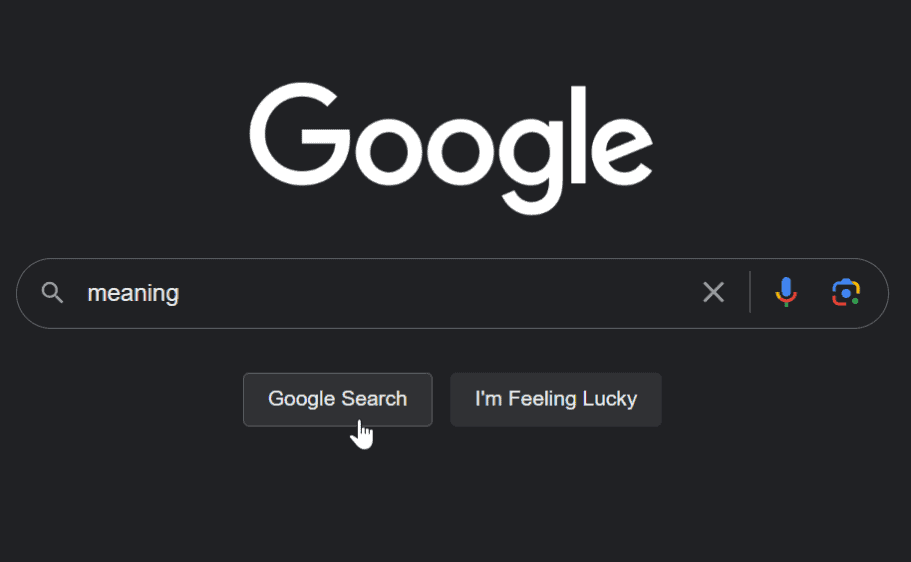Fostering Sustainable Behavior
Authors: Doug McKenzie-Mohr and William Smith
Summary provided by Tyler Capps
Bite the Bullets
- Increase the benefits and decrease the barriers to the desired behavior
- Decrease the benefits and increase the barriers to the competing (undesired) behavior (find tool here)
- After people agree to a small request, it is much easier for them to agree to a larger one
- The causes of human action are much more complex than our explanations of them
Savor the Summary
Whether you are looking to change your behavior, your customers’, or the world’s, Fostering Sustainable Behavior provides many tools and tips that will help you achieve your goal. And while the examples provided in the book are centered around sustainability relating to saving energy and minimizing waste, the tools and ideas shared are also valuable in generating sustainable behavior in the sense that the behavior persists throughout time. It is the latter type of sustainability that will be the focus of this article.
And while there are many examples and tools presented in the book (making it worth it’s cheap price tag or browsing online for free),There are four stand-out core concepts that will likely help you achieve your desired results, the first of which is the following.
Desired Behavior, Increasing Benefits and Decreasing Barriers
Something that may seem obvious to most people is that if it is desired to make someone behave in a certain way or make a specific decision, make that decision even more desirable. A classic example is related to how cell phone companies want to sell as much as possible. While the function the phone serves alone is quite desirable, giving the product the additional benefits of looking sexy and being a status symbol make it that much easier to convince people to buy one.
Slightly less obvious may be the idea that reducing the barriers to the behavior can be equally as powerful in convincing people to behave a certain way (5). With respect to the cell phone example, although people may be aware of how awesome phones are, getting a new one might be difficult because of barriers such as cost, access to a store, or not having cell service where they live. But if the phone was cheaper, easier to buy, and if it would work in their home, people would find it much easier to make the decision to buy new phones more often.
Undesired Behavior, Decreasing Benefits and Increasing Barriers
On the other side of the equation, we have to deal with competing behaviors that could cause the target audience to make an undesirable decision. Using eating unhealthy as an undesirable behavior, making unhealthy foods less desirable is a great way to drive people to eat healthier. For example, using an extrinsic motivator such as promising to give five dollars to a friend every time you eat pizza (or your comfort food of choice) makes it less appealing to make that decision. Although on the gloomier side of things, I’ve found that intrinsic motivators such as reminding myself that a family member with poor eating habits had serious health complications makes it much easier for me to avoid eating poorly.
Increasing the barriers to the undesired behavior is also quite effective. For example, removing unhealthy foods from the home makes it that much harder to cheat on your diet during your moments of weakness. Not having that bag of chips or squirt bottle of fudge on hand adds a layer of difficulty to eating poorly that is sure to reduce how often this undesired behavior takes place (5).
Obtain a Small Commitment, Then Build on It
After assigning the benefits and barriers to the appropriate desired and undesired behaviors, a great way to kickstart a new behavior is to start small. Getting people to agree to a small request has proven extremely effective in having them adopt a new behavior. For example, “a sample of registered voters were approached one day prior to a U.S. presidential election and asked: ‘Do you expect you will vote or not?’ All agreed that they would vote. Relative to voters who were not asked this simple question, their likelihood of voting increased 41% (47).”
Getting people to make a small commitment, in this case having them say they will vote, becomes a part of their identity and people want to act consistently with how they perceive themselves. Having told themselves “I am someone who votes” makes it that much harder for them to not vote come election time, as it goes against a part of their being (48).
Going back to the unhealthy eating example, on the mornings that I tell myself “I am a healthy person,” it makes it that much easier to avoid temptation like when someone brings in doughnuts to work. Although this may seem like a small achievement, it lays the foundation for building up to greater behavioral changes.
The Causes of Human Action are much more Complex than Our Explanations of Them
Although we may have identified a few barriers and benefits that contribute to a person’s behavior, it is always wise keep in mind the words of Fyodor Dostoevsky:
“Don’t let us forget that the causes of human actions are usually immeasurably more complex than our subsequent explanations of them.”
Meaning: no matter how well someone thinks they’ve defined the causes of a behavior or action, they are likely only seeing the tip of the iceberg. So, if the approach someone has taken to persuade their target audience is unsuccessful, it is likely not considering what is below the surface that prevents the audience from adopting the behavior.
For example if the messaging isn’t vivid, it may not stick with the audience for long enough to convert their behavior (86). This is just one of many additional factors that could guide the behavior of a given audience (many more of which can be found in my Invisible Influence article), but the main idea here is to iterate the approach. Starting with small group, learn from what worked or didn’t, and then update which barriers are being targeted or improve the messaging on the next round of implementation.
There is always more that can be done to create long-lasting behaviors in oneself and others, but reading Fostering Sustainable Behavior will provide a great overview of the options available. If there isn’t time to trudge through the whole book, building a campaign around the bullets mentioned at the beginning of the article will surely be a great start. If you want to take it a step further and start creating change today, try using our tool!



